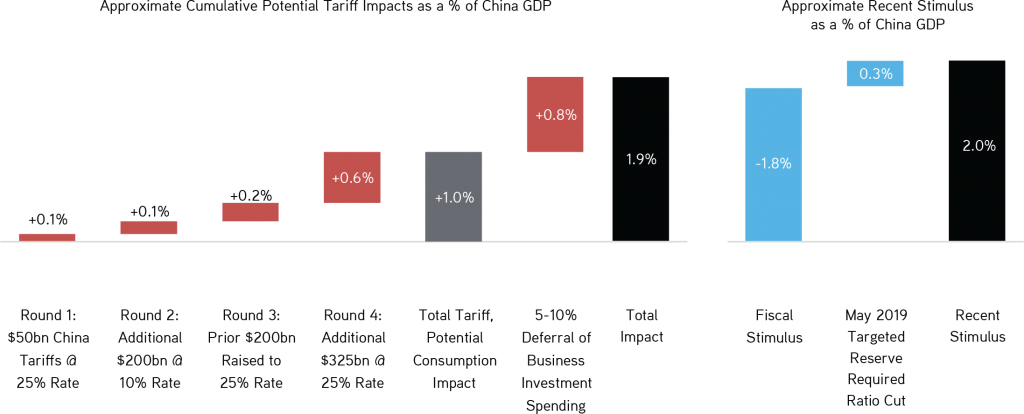
With Reserve Bank of India making it easy on the monetary policy, it seems many of the industry lobbies and a few economists are demanding for a fiscal stimulus to boost the sagging condition of the economy. But it seems that revenue constraints are limiting the government’s ability to spend more than what has already been declared in the budget.
As reported by the Controller General of Accounts
“The gross tax collections of the Union Government in the quarter ended June increased by 1.4 percent over the year-ago period”
This is the slowest pace since the slump following the global financial crisis in fiscal 2010. In the quarter ended June 2009, tax collections had come down by 11.4 percent over the year-ago period. The last quarter is said to be the worst June quarter based on tax collections since 2009.
To meet the budget estimate for the fiscal year 2020, the year-on-year growth rate required in the remaining part of the year (jut-mar) is now 22 percent. Even if it fails to meet the target for the year, it doesn’t mean that the deficit target would be missed, at least on paper. This is nothing new as the government has missed revenue targets even in the past. However, they have made up for the shortfall to a great extent by delaying payments and also through off-budget financing.
But the main problem with these methods that they are not at all sustainable. Over time, the government’s auditor and also the government’s creditors have become extremely wary of the off-budget financing methods of the government. These type of accounting tricks are used every year in order to make the deficit figures appear respectable. Thus, it can be said that there is nothing new in it.
Speculation about a stimulus package has already led to soaring bond yields. If yields continue to increase, this could lead to raising the government’s borrowing costs significantly. As a result, it will negate the impact of a stimulus package.
India’s public finances are currently facing a core challenge and that is its broken revenue-generating system. This cannot be fixed without any major structural reforms. The first item on the reform agenda should be the goods and service tax (GST).
In the last fiscal year, a huge shortfall in the center’s GST collections was noticed which was around 22 percent. Considering the present condition, the prognosis for GST collections doesn’t seem to be good for the coming fiscal year 2020.
